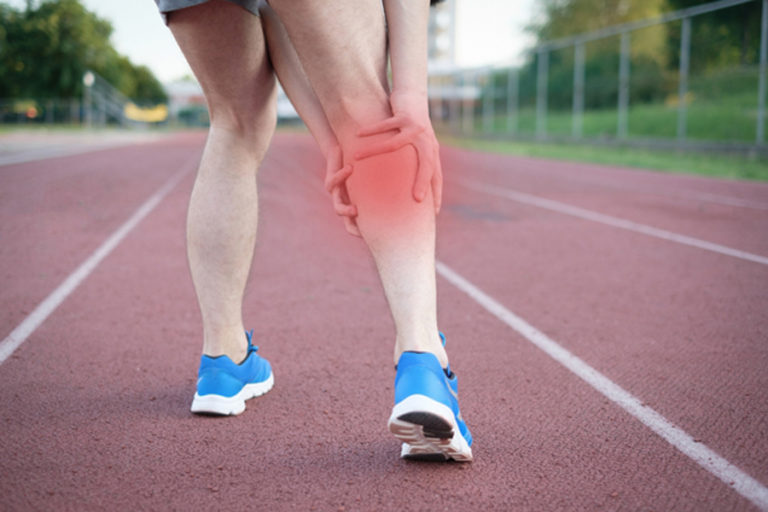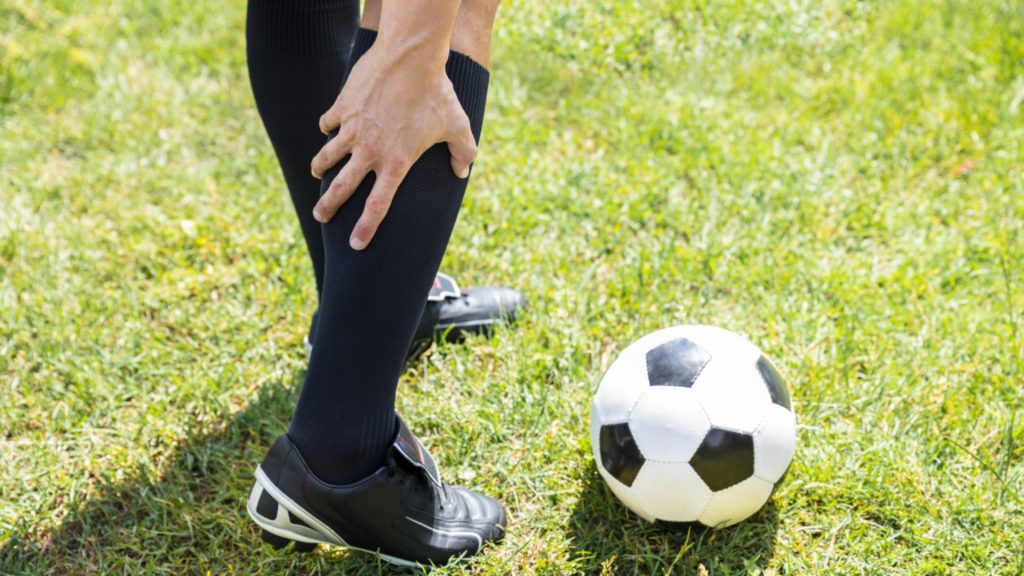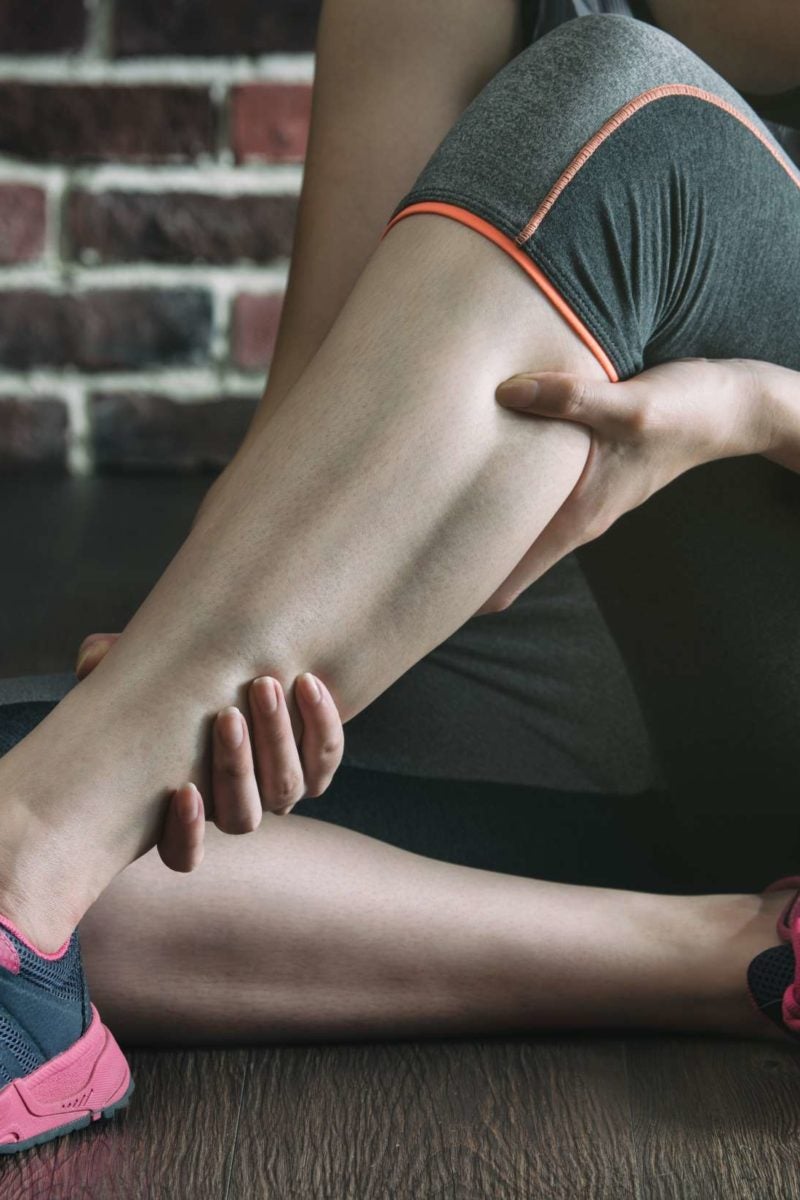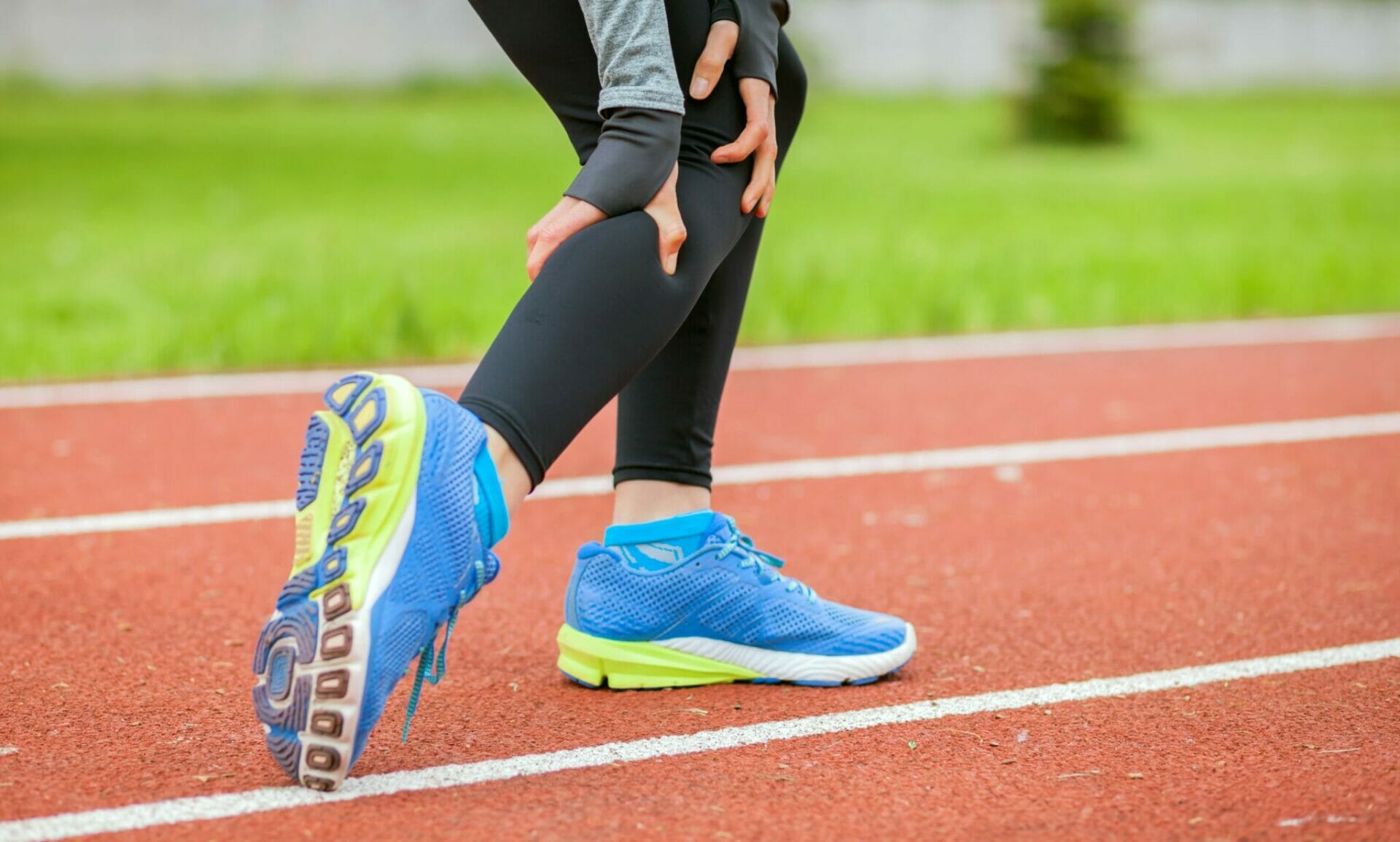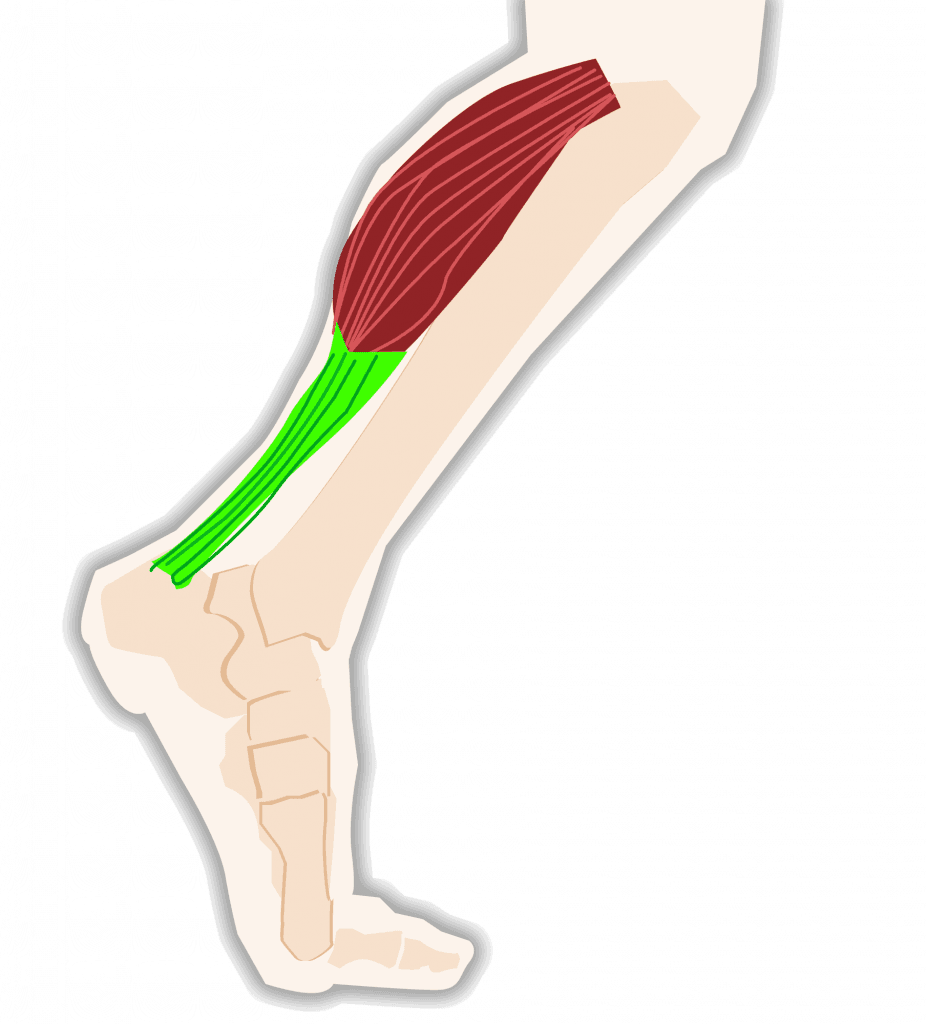Ace Info About How To Treat A Calf Muscle Strain

Getty images heading out the door?
How to treat a calf muscle strain. Calf muscle strains are usually accompanied by inflammation, increased temperature and pain. Avoid activities that cause pain, swelling or discomfort. They can be treated with sufficient rest, icing, compression, and elevation of the injured leg.
Compressing blood vessels in the muscle encourages swelling to drain away from the area. Approach — rest, ice, compression, elevation: Causes diagnosis treatment recovery time a calf strain is an injury to the muscles of the back of the lower leg.
Range of motion exercises: A torn calf muscle (also called a calf strain) is a common injury that can occur when the muscles in the back of your lower leg are suddenly stretched or loaded beyond their capacity. Muscle cramp calf muscle cramps are usually temporary but can cause significant pain and discomfort.
As the pulled calf muscle heals, a warm heating pad, exercises, and stretching can all help to speed up the healing process. Resting is is a treatment often ignored by athletes. Dehydration a loss of electrolytes through.
Published feb 16, 2022 jennie hansen high five bookmark photo: How is calf muscle pain treated? But don't avoid all physical activity.
Warming up for at least five minutes before exercise, including deep stretches stretching your legs before exercising cooling down for five minutes after you work out stretching your muscles again for five minutes after you’ve cooled. Wear a compression bandage or calf support to support the muscle and reduce swelling. During the first 2 days, people should apply a cold compress to the calf for 20 minutes up to eight times per day.
You can prevent calf pain and injury by stretching before and after exercise. Keeping your calf moving is an essential part of your treatment and recovery. Calf strain happens when your calf muscle stretches too much causing pain, stiffness or weakness.
Even if you're seeking medical help, ice the area immediately. Avoid walking or running with calf muscle pain. Resting and recovering between workouts.
Reduce your activities but move as much as your symptoms allow Using proper technique when playing sports. Once your physician is comfortable with your progression of healing, physical therapy may be recommended to rebuild the muscle’s strength and begin to rehabilitate it for return to sports activity.
Other sections tips and warnings related articles. Your calf muscle will heal more quickly the less you use it. Anyone can get a ruptured calf muscle, but it’s most common in:

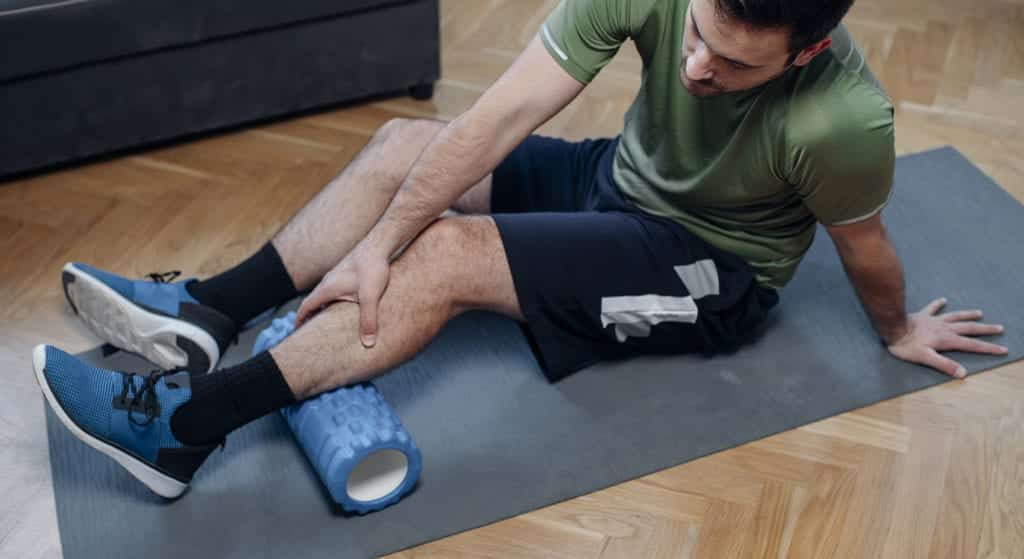
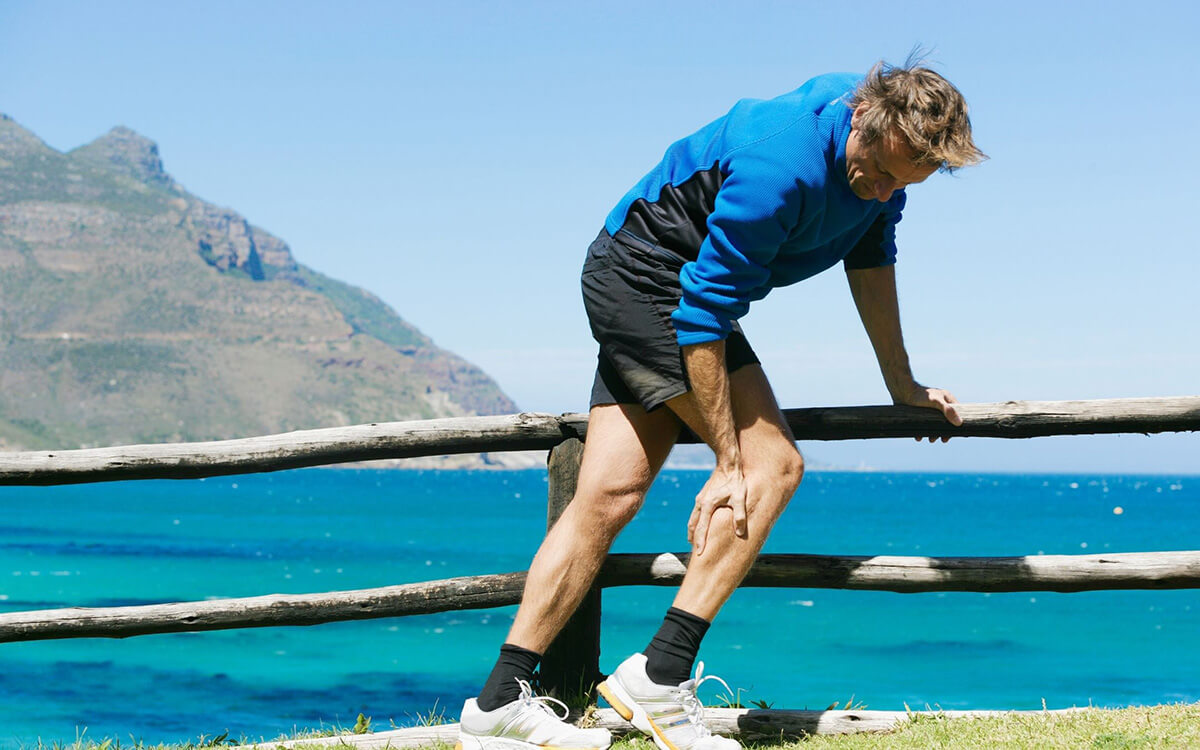



:max_bytes(150000):strip_icc()/2549387-article-causes-of-calf-pain-5a70fb720e23d90036a5fa54.png)

